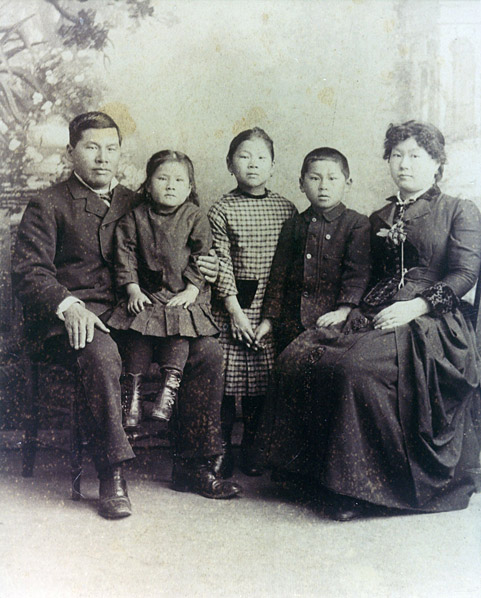The Changing Face of WhitenessPosted in Articles, Media Archive, Politics/Public Policy, Social Science, United States on 2016-06-13 00:42Z by Steven |
The Changing Face of Whiteness
Truthout
2016-06-05
When Guido Menzio sat down on a regional jet for a short flight from Philadelphia to Syracuse, New York, he certainly couldn’t have guessed what was going to happen. The 40-year-old economist was profiled as a terror suspect for being focused too intently on a math problem. The differential equation he was working on was possibly mistaken for terrorist scrawlings by the nervous passenger next to him, who was concerned that Menzio wasn’t polite enough, looked suspicious and was too distracted by his foreign scribblings.
After delaying the flight and profiling Menzio, the media would soon report on the “Ivy League economist” who was “ethnically profiled” for doing math on a plane. Focal points of this story were Menzio’s whiteness as an Italian and his stature as an Ivy League economist — both of which should assure him no suspicion from authorities, unless he should be mistaken for a person of color. Amid the reverberating outcry around Menzio’s treatment, the fact that no one should be treated that way may have gotten lost. After all, the passenger followed what is protocol for many; she saw something and she said something. But what is it she saw? She saw someone she was scared of and someone who was possibly not white…
Read the entire article here…

